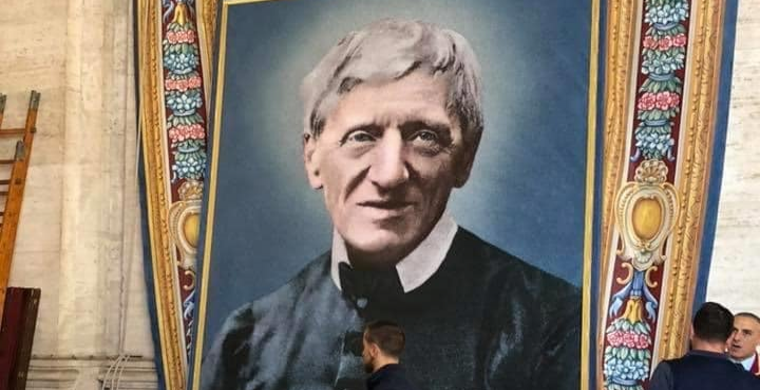The Oxford Movement in Context: Anglican High Churchmanship, 1760--1857
By Peter B. Nockles
August 12, 2021
John Henry Newman died August 11, 1890. He was the most influential leader of the 1830s-40s Oxford Movement (also called the Tractarian Movement) that attempted to redefine the core beliefs of the Church of England.
Anglicanism was founded on the 16th century Reformation ideals of the historic formularies that upheld the supremacy of Holy Scripture, justification by grace through faith alone, universal priesthood (of all believers), and an understanding of "real presence" as Christ's spiritual presence located in the hearts and affections of those who receive the grace of the sacraments by faith.
The Oxford divines challenged each of these with their own preReformation ideas. In fact, Newman and many in the movement ended up leaving the Church of England for the Roman Catholic Church, leaving in their wake the ruins of a mishmashed self-identity that is constantly in search for new ways to define itself apart from the traditional Anglican formularies (e.g., three-legged stool, lex orandi lex credenda, three-streams, instruments of unity, etc).
According to Newman, the Oxford Movement was launched by a sermon in 1833 ("National Apostasy") in which John Keble fussed at the nation for not being more like the prophet Samuel. This was followed by a series of 90 "Tracts for the Times." Newman wrote 27 of them.
The Oxford Movement concerned itself with apostolic succession (by this they primarily meant the tactile succession of ordained leaders traceable back to St. Peter, not the succession of apostolic teaching - 2 Tim 2:2), the antiquity and value of the threefold ministry (bishops, priests and deacons) as the esse of the church, revival of the practice of sacramental confession, a view of the sacraments as automatic conveyers of divine grace (whether there is faith or not), the interpretation of the Bible by church fathers (making tradition virtually equal in authority to Holy Scripture), and a call to holy living.
They defended the rise of moralism in the church from the Reformation and Pauline understanding of "imputed righteousness" (Christ's own righteousness given to sinners as a free gift) to "infused righteousness" (sinners incrementally becoming innately righteous and worthy of salvation) - what Newman called in a sermon the "holiness necessary for future blessedness."
John Henry Newman was received as a Roman Catholic in 1845. On October 13, 2019, with Prince Charles looking on as a special guest, Pope Francis canonized (sainted) Cardinal John Henry Newman in St. Peter's Square in the Vatican, Rome.
Anglicans and Episcopalians today either tread water in the big sea of competing and conflicting ideas, or we find solid ground in the Edwardian and Elizabethan Settlement (Reformation Anglicanism) that gives us the foundation of Holy Scripture that is supported by the historic Anglican formularies.
When the Anglican Church in North America (ACNA) and GAFCON (Global Anglican Futures Conference) were forming, they recognized the historic formularies in their original and plain meaning as the foundation on which this church is built. Without this foundation, the church that stands for nothing will fall for anything.
"The Tractarians came to challenge, then shatter the doctrinal consensus of the earlier High Church Anglicanism, seeming to dissolve the Church of England into its constituent parts as never before. . . The Tractarians in the 1840s may have posed the greatest threat to the church's equilibrium by explaining away the Articles [of Religion]. . .They provocatively forced churchmen to take sides and to adopt a more rigid dogmatic position."














